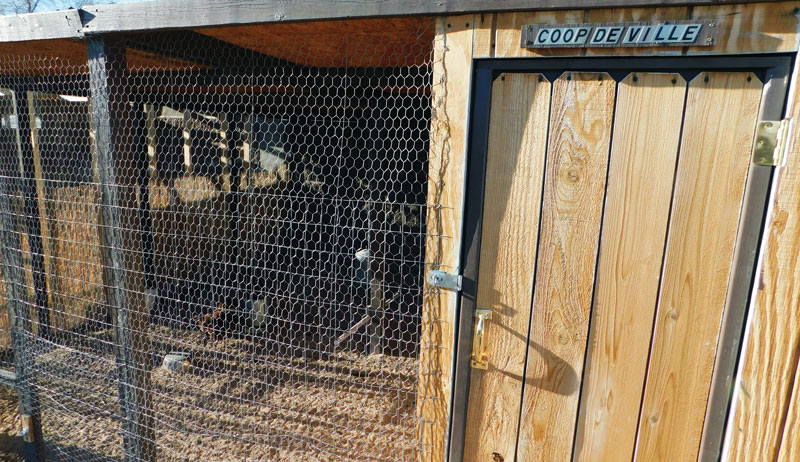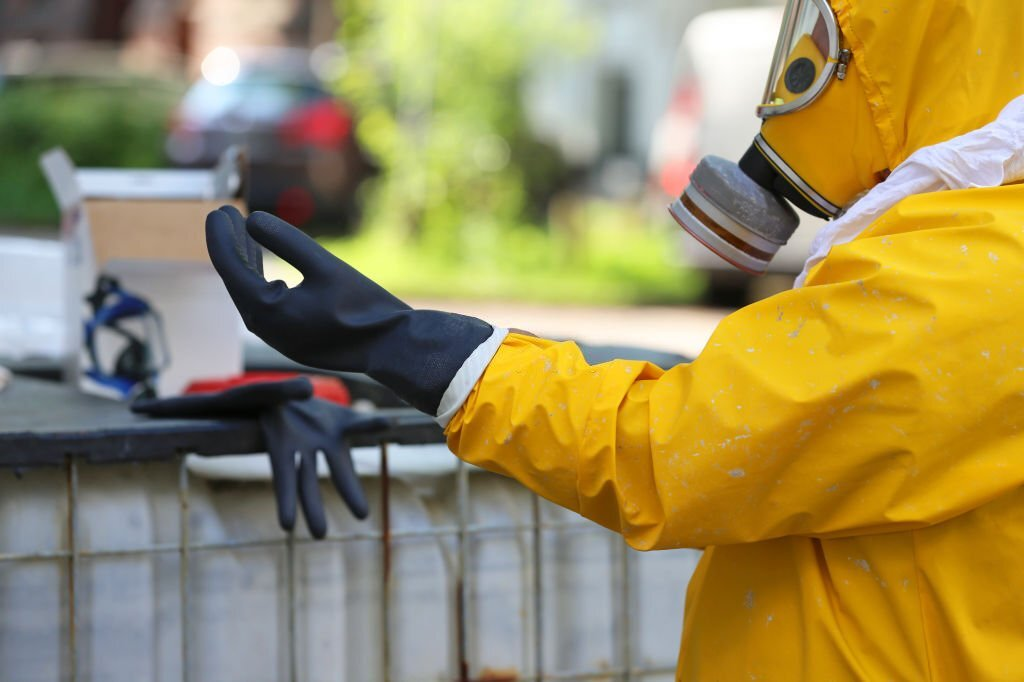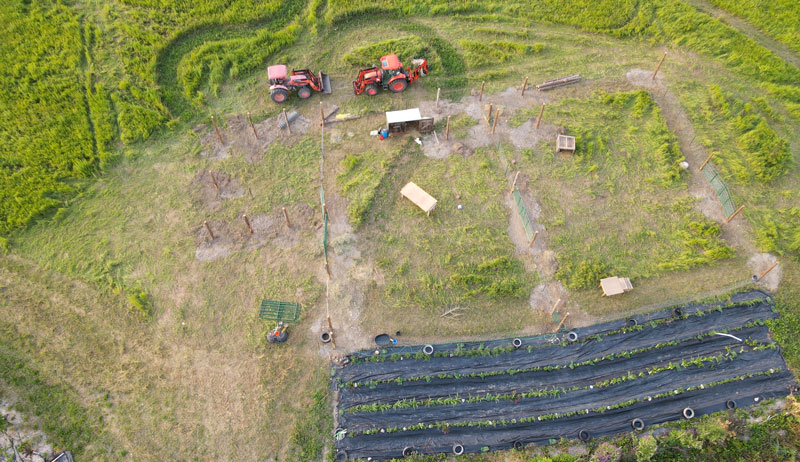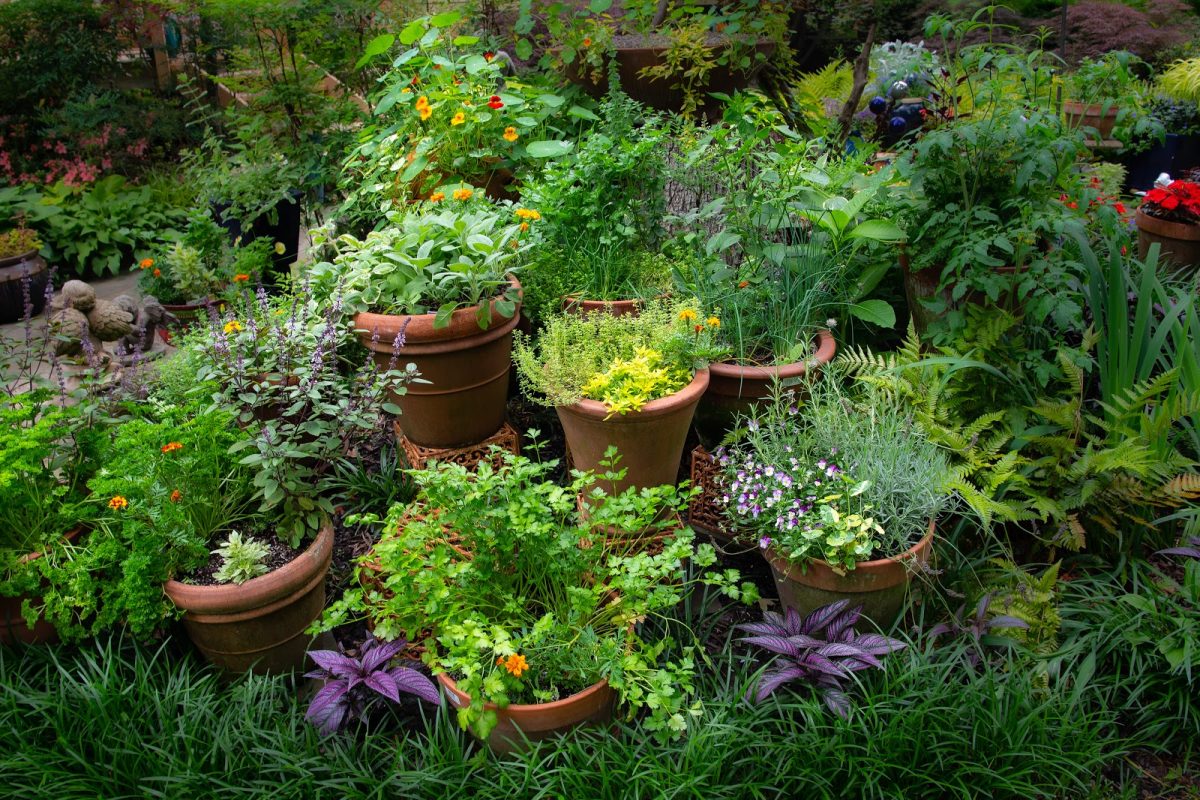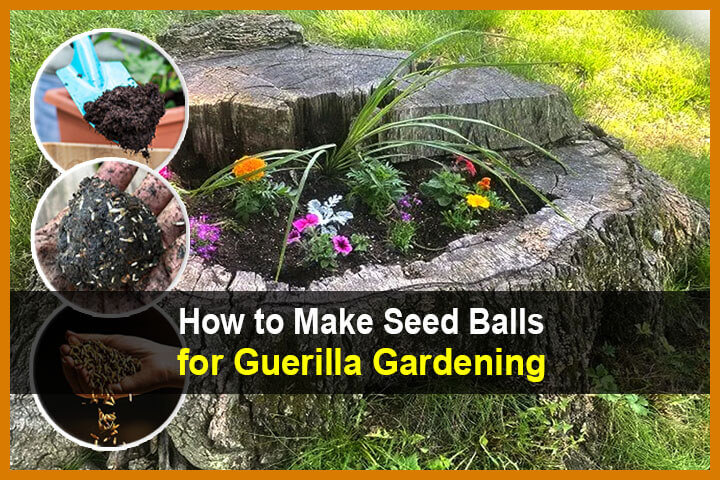On August 4th, 1944, 15-year-old Jewish diarist Anne Frank and her family were captured by the Nazi Gestapo. The Franks had taken shelter in a small space in a sealed-off area of an Amsterdam warehouse along with another Jewish family and a single Jewish man. They were aided by Christian friends who brought them food and supplies. Her diary survived the war, overlooked by the Gestapo, but Anne and nearly all of the others perished in the Nazi death camps.
—
SurvivalBlog Writing Contest
Today we present another entry for Round 102 of the SurvivalBlog non-fiction writing contest. The prizes for this round include:
First Prize:
- The photovoltaic power specialists at Quantum Harvest LLC are providing a store-wide 10% off coupon. Depending on the model chosen, this could be worth more than $2000.
- A Gunsite Academy Three Day Course Certificate. This can be used for any of their one, two, or three-day course (a $1,095 value),
- A course certificate from onPoint Tactical for the prize winner’s choice of three-day civilian courses, excluding those restricted for military or government teams. Three-day onPoint courses normally cost $795,
- Two cases of Mountain House freeze-dried assorted entrees in #10 cans, courtesy of Ready Made Resources (a $350 value),
- A $250 gift certificate good for any product from Sunflower Ammo,
- American Gunsmithing Institute (AGI) is providing a $300 certificate good towards any of their DVD training courses.
- Two sets of The Civil Defense Manual, (in two volumes) — a $193 value — kindly donated by the author, Jack Lawson.
Second Prize:
- A Front Sight Lifetime Diamond Membership, providing lifetime low-cost training at any Front Sight Nevada course, with no limit on repeating classes. This prize is courtesy of a SurvivalBlog reader who prefers to be anonymous.
- A SIRT STIC AR-15/M4 Laser Training Package, courtesy of Next Level Training, that has a combined retail value of $679
- Two 1,000-foot spools of full mil-spec U.S.-made 750 paracord (in-stock colors only) from www.TOUGHGRID.com (a $240 value).
- Two Super Survival Pack seed collections, a $150 value, courtesy of Seed for Security, LLC,
- A transferable $150 FRN purchase credit from Elk Creek Company, toward the purchase of any pre-1899 antique gun. There is no paperwork required for delivery of pre-1899 guns into most states, making them the last bastion of firearms purchasing privacy!
Third Prize:
- Three sets each of made-in-USA regular and wide-mouth reusable canning lids. (This is a total of 300 lids and 600 gaskets.) This prize is courtesy of Harvest Guard (a $270 value)
- A Royal Berkey water filter, courtesy of Directive 21 (a $275 value),
- A LogOX 3-in-1 Forestry MultiTool (a $189 value) and a WoodOx Sling (a $79.95 value), courtesy of LogOx, both made in USA.
- A transferable $100 FRN purchase credit from Elk Creek Company, toward the purchase of any pre-1899 antique…



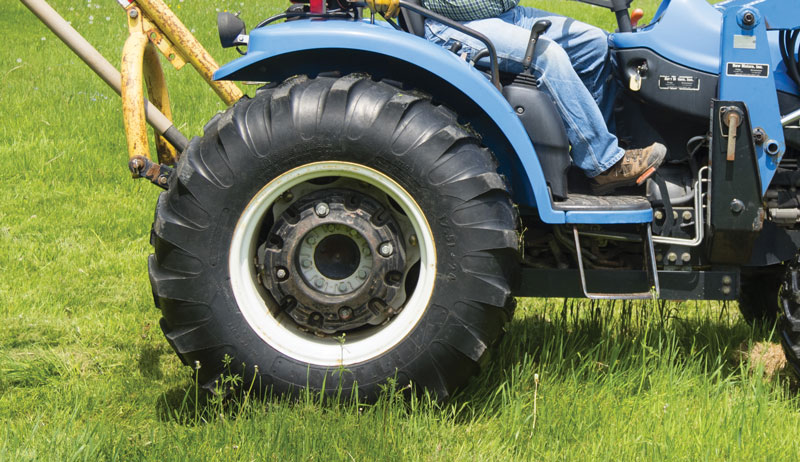 Daniel Johnson
Daniel Johnson 